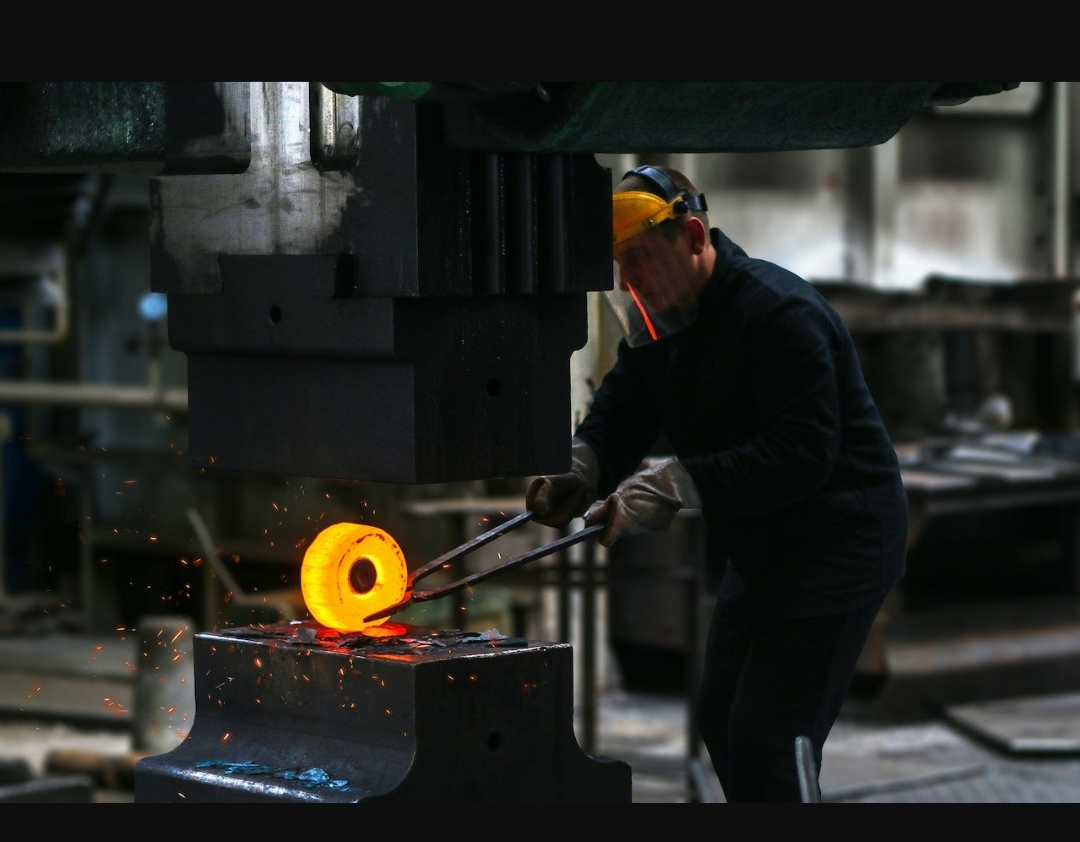6 Tips to Help Your Machine Shop Operate More Efficiently

Efficiency can be the secret to a machine shop’s success in the fast-paced manufacturing world. It is crucial to optimize operational operations since production accuracy and timeliness are constantly required. This article includes six crucial suggestions that can greatly raise your machine shop’s efficiency, resulting in more efficient operations, less downtime, and more production.
Embrace Technological Advancements
The manufacturing industry has been radically altered as a result of developments in technology, and it is essential for machine shops to make the most of the opportunities presented by these advancements. Streamlining operations can be accomplished using cutting-edge tools and technology, improving accuracy, speed, and total output quality. Adopting software for computer-aided design (CAD) and computer-aided manufacturing (CAM) can make the transition from design to production easier, reduce errors, and maximize available resources. In addition, the integration of Epicor ERP systems can consolidate data, providing real-time insights into inventory levels, order statuses, and resource use.
Implement Lean Manufacturing Principles
When it comes to increasing operational effectiveness, the idea of lean manufacturing has changed the game. Machine shops have the potential to dramatically save both production time and costs if they eliminate waste and processes that aren’t necessary. Methods such as “5S,” which stands for “Sort, Set in order, Shine, Standardize, and Sustain,” can help organize work areas and increase general cleanliness, which can lead to productivity and safety improvements. It is possible to streamline a production line by concentrating on actions that add value to the product while minimizing activities that do not add value to the product. This will ultimately lead to increased customer satisfaction.
Continuous Workforce Training
The key to any successful machine shop is a labor force that has received adequate training. Ensuring employees have access to chances for continual training and upskilling ensures they have the most recent information and skills available. This improves the overall skill set and fosters a culture that is open to new ideas and is flexible. Cross-training personnel to be able to execute numerous tasks can help prevent bottlenecks that are caused by a lack of skilled workers. Additionally, well-trained workers have a greater likelihood of recognizing process inefficiencies and suggesting improvements, which leads to a shop floor that is more adaptable and productive.
Predictive Maintenance Practices
Machine shops can suffer serious setbacks due to unanticipated equipment failure downtime. This problem can be alleviated to some degree by employing predictive maintenance procedures, which use data analytics and sensor technology to keep track of the condition of the equipment. Machine shops can schedule maintenance tasks during planned downtime by spotting possible problems before they become more serious. This helps to minimize delays to production and keeps costs low. This preventative strategy not only lengthens the time that machinery will remain functional but also improves the effectiveness of its operations.
Optimize Inventory Management
It is critical to have efficient inventory management to avoid resource shortages and surpluses, which can reduce production effectiveness. Machine companies can now correctly track raw materials, components, and completed products due to the utilization of inventory management software. It makes it easier to maintain ideal inventory levels and minimize superfluous stockpiling, which ties up cash and takes up valuable storage space. In addition, machine shops can shorten lead times by gaining an awareness of patterns of client demand. This helps ensure that customers receive orders on time.
Data-Driven Decision Making
Data has become a valuable tool for making educated decisions in the era of Industry 4.0. The production process consists of multiple stages, and each has its own set of data that can be collected and analyzed to reveal useful insights into potential areas of improvement. Machine shop managers can discover bottlenecks and inefficiencies using key performance indicators (KPIs), such as cycle time, lead time, and machine utilization rate. These insights make decisions based on data possible, which helps stimulate continual improvement and ensures that resources are distributed optimally for increased efficiency.
Conclusion
Strategic planning, the incorporation of technology, and a dedication to continual development all go into running a well-oiled machine shop. Operational efficiency can only be attained by adopting lean concepts, embracing technological improvements, prioritizing worker training, using predictive maintenance techniques, improving inventory management, and making data-driven decisions. In a cutthroat manufacturing environment, machine shops can position themselves as industry leaders by combining these tactics, increasing their productivity and profitability.



